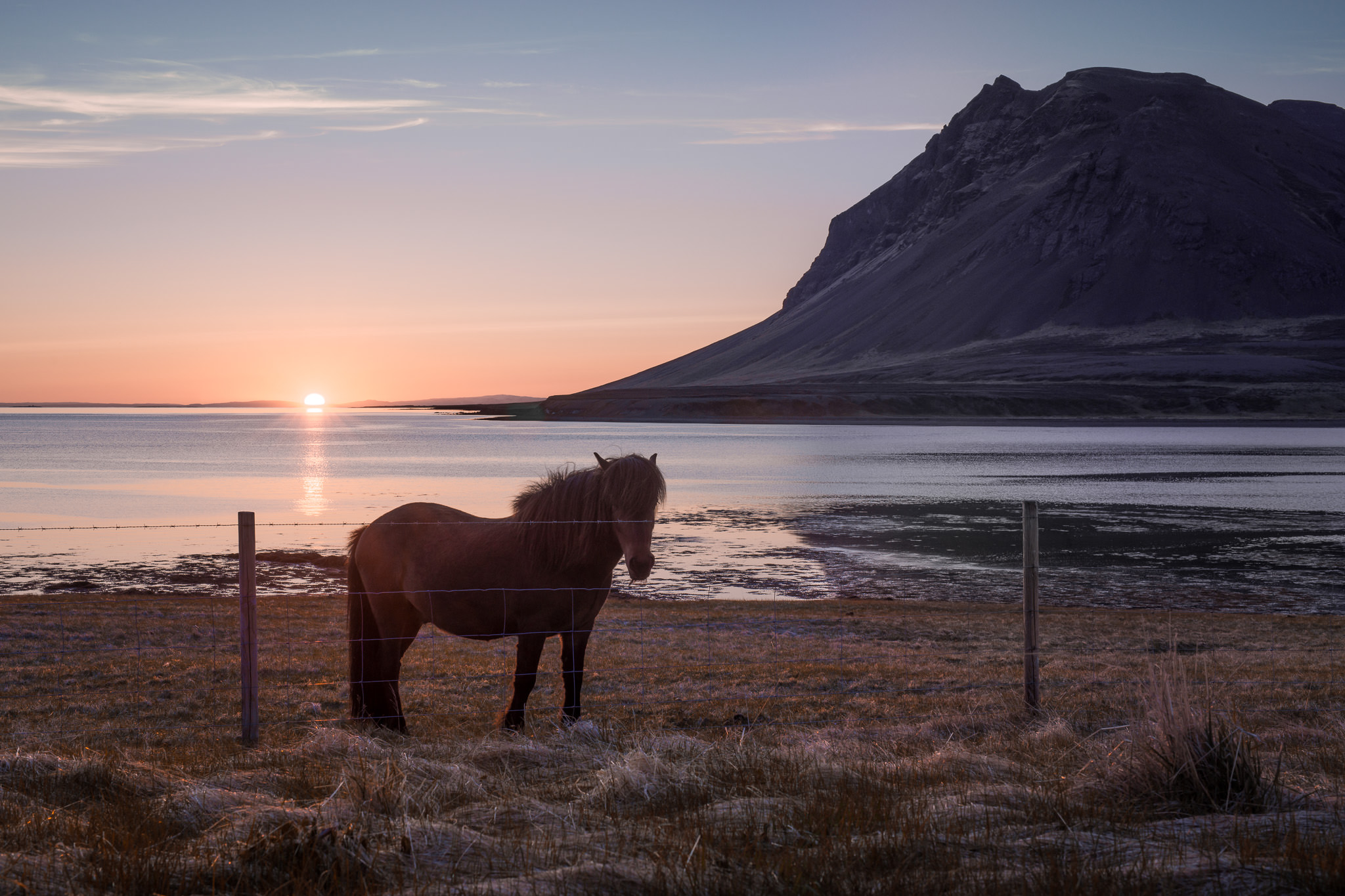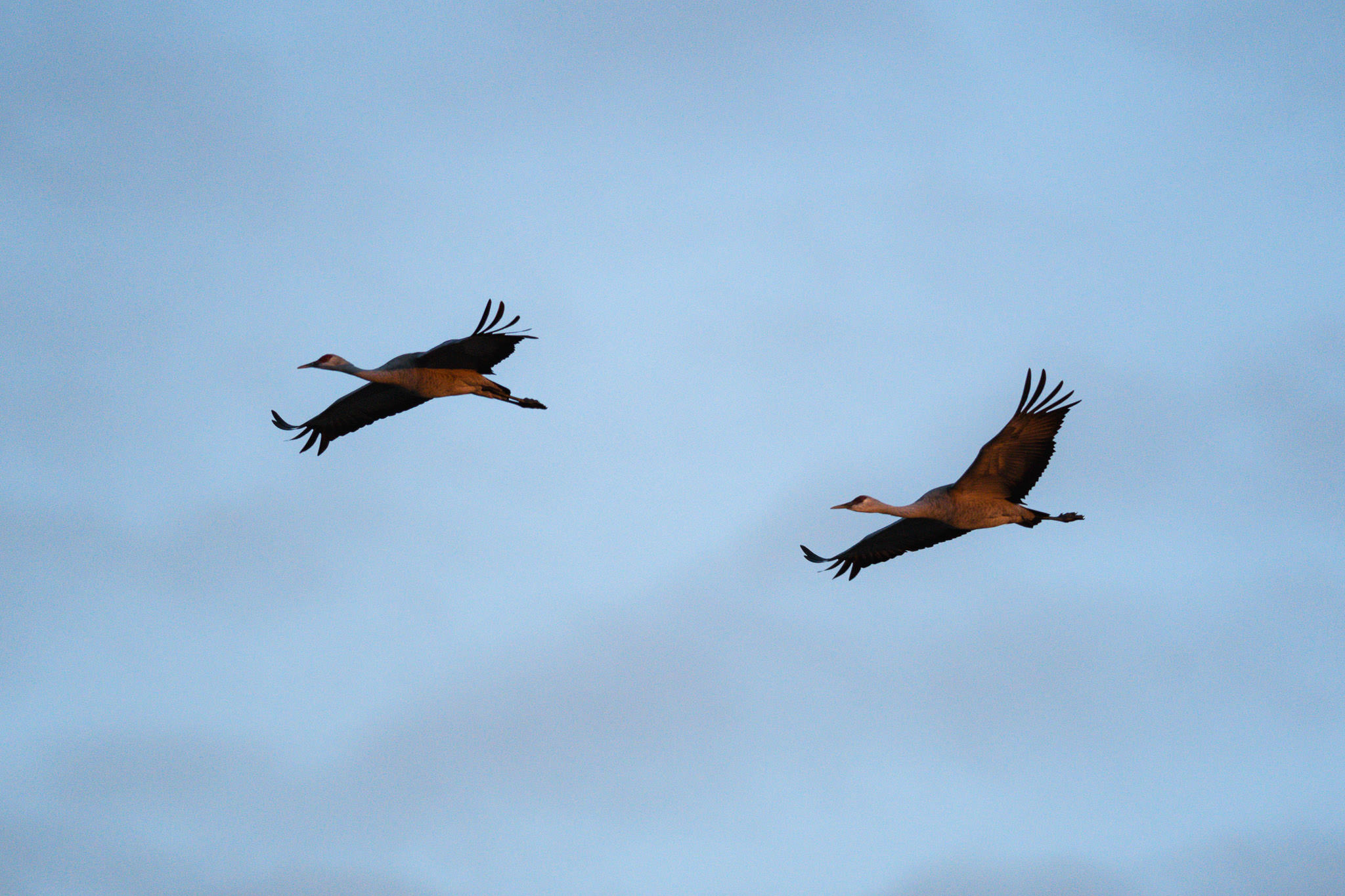It boils down to this....Setting exposure is a 3 way deal consisting of SS, Aperture and ISO
Full Manual exposure control: User sets all three - SS, Aperture and ISO
Automatic exposure modes: User sets 2 out of 3 and the camera sets the other one.
• Aperture Priority: User sets Aperture and ISO, Camera decides SS
• Shutter Priority: User sets SS and ISO and camera decides Aperture
• Auto Iso Manual: User sets Aperture and SS, camera decides ISO
Aperture and SS settings affect images whereas ISO has little effect (other than changing ISO noise levels). Ergo, if an auto exposure mode is to be used why not let the camera decide the "least important" (within reason) variable - ISO.
Question for the Nikon Manual - Auto ISO crowd....did you diddle with the ISO Sensitivity setting for Minimum Shutter speed Auto setting (Choosing faster of slower)?





